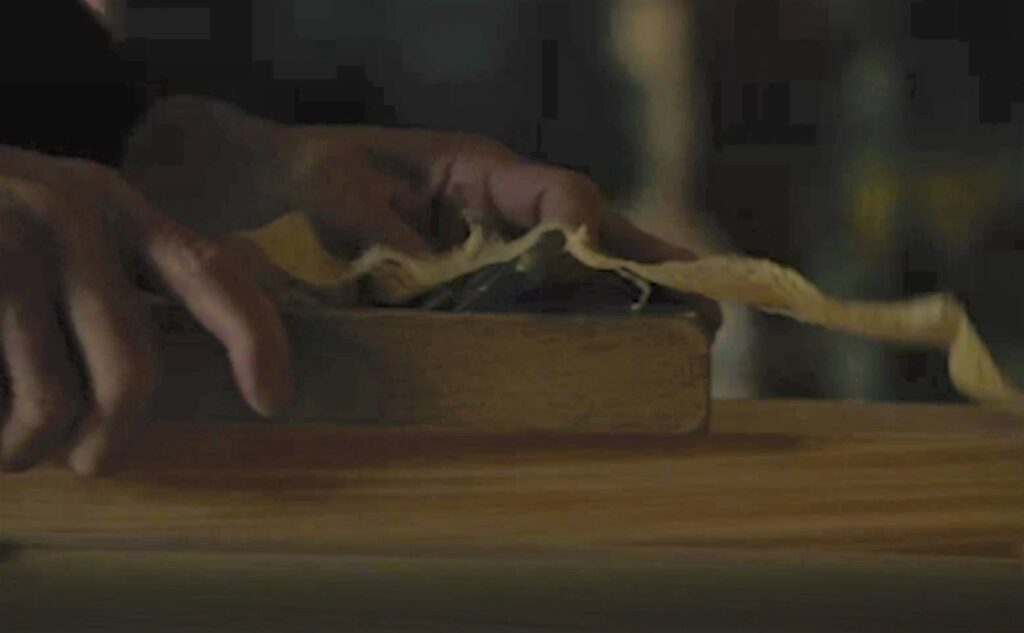Many people may associate a carpenter’s tool with a plane. It is a tool with a simple structure in which a plane blade and a backing metal are inserted into a wooden base called a plane, but there are quite a lot of types, and the one that scrapes the surface of the wood to finish the surface smoothly is the “flat plane”, the corner of the wood. “Chamfer plane” for removing and adding decorations called ginkgo and gourd planes, “bottom plane” for grooving, and “bean plane” and “small plane” for small materials and finishes. A small plane called “warped plane” may be used. The planer scraps carved by the palace carpenter are thin and uniform so that the other side can be seen through, and it is like a work of art.

In the time of Prince Shotoku, that is, in the architecture of Horyuji Temple, “spear planes” were diversified. Tsunekazu Nishioka, who conveyed this to modern palace carpenters in a new way, is a person who is also a model of the current palace carpenter as a palace carpenter who directed the major renovation of Horyuji Showa. It has a reputation for having a smooth cut, keeping moisture and mold away, dramatically extending its service life, and creating warmth on the surface of wood. Ordinary planes have a blade on only one side and can be used by simply pulling them, but spear planes have the characteristic that they can be used by pulling or pushing with both blades like the tip of a spear.

